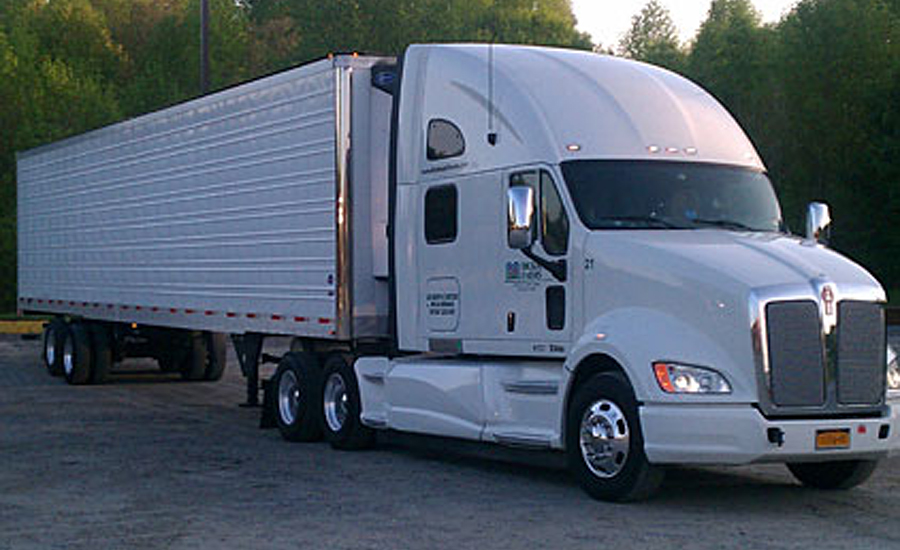Omnitracs Analytics, a Dallas-based business unit of Omnitracs LLC, announced that Pride Transport, Inc., Salt Lake City, Utah, has implemented its driver retention model across its entire fleet to reduce turnover and enhance driver safety. Within the first six months of implementation, Pride Transport reduced its driver turnover rate to 85% and reported a return on investment of 714%.
“At Pride Transport, we pride ourselves on being a leading innovator in the transportation space, and are always seeking new tools to helps us improve our operating effectiveness,” says Jay England, chief executive officer of Pride Transport. “Prior to deploying Omnitracs Analytics, we were experiencing high turnover rates, but couldn’t pinpoint the exact reason behind it, due to the lack of technology in this area. We sought a solution that would help us retain drivers, while also improving safety of the fleet. After consulting with several like-minded fleets, we selected Omnitracs Analytics’ driver retention model and have been extremely impressed with the initial results. This technology has been instrumental in helping us reduce driver turnover and will continue to be a big part of our retention program.”
By analyzing a fleet’s historical data, Omnitracs Analytics’ driver retention model identifies patterns and/or changes in driver behavior that correlate with voluntary terminations likely to occur in the near future. This enables fleets to better identify drivers that are most likely to leave the company voluntarily and follow the recommended coaching plans to mitigate their risks.
“The results Pride Transport has experienced after deploying our driver retention model are similar to the results our other customers have reported, validating how critical predictive analytics technology is to a fleet’s operations,” says Dean Croke, vice president of Omnitracs Analytics. “We are proud to have been selected by Pride Transport, a leading fleet in the refrigerated space, and look forward to supporting them in their ongoing efforts to reduce driver turnover and boost efficiency and profitability fleet-wide.”



